Who Were the Vandals in Ancient Rome?
The Vandals were an ancient Germanic tribe that left their homeland in the 3rd century AD and marched their way through Gaul, Spain and across the Mediterranean to Africa. They are primarily known for their sack of Rome in 455 AD and their role in the decline of the Roman Empire. The name ‘Vandals’ is derived from an ancient Germanic root word for ‘to plunder’, and the Vandals certainly lived up to their name. They were ruthless looters, pillagers, and raiders. They plundered anything of value and left death and destruction in their wake. Their rampage through the Roman Empire has forever branded them as destructors and enemies of civilization.
Historians have had a difficult time discerning facts from fiction about the Vandals. Many ancient Roman accounts depict them as wild, lawless barbarians, taking what they wanted and leaving destruction in their wake. Modern historians have found this to be a bit of an exaggeration, and attribute their ferocity more to the nature of their extraordinary circumstances than to any inherent savagery. It is now believed that the Vandals were driven out of their homelands by a combination of famine, population pressure and the Roman imposition of limits on Germanic settlement.
The Vandals are known to have been Arians, meaning they rejected the doctrine of the Nicene Creed of 325 AD. This was a direct challenge to the authority of the Roman Church. As Rome grew more powerful and influential, the doctrine of Christianity became increasingly important to the Roman identity. To the Romans, the Vandals were not only an external enemy, they were also a threat to their faith and civilizational order. Therefore, their destruction of Rome was seen as an attack on a way of life, rather than on an Empire.
The Vandals sought to strengthen their political standing in the Roman Empire through intermarriage with leading Roman families. This enabled them to gain access to higher levels of power and prestige, and eventually enabled them to seize control of parts of the Western Empire. This gave them a degree of autonomy, allowing them to establish their own kingdom – the Kingdom of the Vandals and Alans. This kingdom reached its peak in the 6th century AD, when it controlled much of the Mediterranean.
Despite the destruction of Rome, the Vandals are also known for their significant historical and cultural contributions. They introduced new agricultural techniques and shared their religious beliefs with Rome. They fostered a golden age of literature, building upon Roman and classical Greek texts and making them available to a wider audience. They also provided an administrative system for which Rome needed and made use of. All these contributions helped to shape the early modern world.
Governing Rome during the Vandal Period
The Vandals, who rose to power in the 5th century AD, took control of Roman government and even managed to stave off a failed invasion attempt by the Byzantine Empire in the 6th century. During their rule, they established their own distinct administrative structures and, while they maintained some of the existing Roman organs, they were far more decentralized than the Roman systems. They effectively cut the tax burden of citizens, abolished slavery, provided education and built infrastructure and public works that recognized local interests and communities.
The rule of the Vandals was seen as relatively benevolent and productive, according to extant records. This, however, doesn’t seen to have completely changed the way the Vandals were perceived by the Roman population; their presence still remained marked by fear and suspicion. While the Vandals were generally able to impose their will and their policies, their rule was held together by fragile alliances and coalitions that they were able to create. This is a testament to the fact that their administration of Rome was achieved not through total subjugation but through negotiation and appeasement.
Although it was a tumultuous time for the Roman Empire, the Vandal rule had moments of great stability. During their reign, the Empire’s borders were secured, allowing for trade and communication to flourish, and infrastructure was built allowing information, resources and ideas to be more easily shared. This period, which lasted from the 5th to the 6th century, was one of the most vibrant times in the Roman Empire. The Vandals brought more freedom, innovation and wealth to the Roman Empire than it had known for centuries.
The Vandals also gifted the legacy of improved agriculture, public works and religious tolerance that Rome so desperately needed. Information and technology-based industries blossomed under the Vandal reign and allowed the Roman Empire to re-establish its global maritime presence and dominance. All of these contributions and achievements enabled Rome to evolve and persist, which contributed to its global importance in centuries that followed.
The Decline of the Vandals and the Rise of Rome
Though the Vandals had been able to consolidate their power and expand their reign, it was not to last. In the 6th century, the Byzantine Empire rallied forces to launch a two-pronged attack on the Vandals. In 533, their navy was destroyed in what is known as The Battle of Carthage and the African kingdom of the Vandals fell to the Byzantines. The Empire was dissolved and the Vandals lost their dominion and ceased to exist as a distinct people.
With the Vandals vanquished, the Roman Empire was able to recover and underwent a dramatic transformation. A new period of wealth and growth began and the later ages of the Empire – the Medieval Period and the Renaissance – saw Rome become a great power. The rise of the Roman Empire can, in part, be attributed to the contributions of the Vandals as well as their destruction. Their innovative government structures, economic systems and agricultural techniques laid the foundations for the future of the Roman Empire.
The Vandals’ legacy is one of tremendous destruction but also immense innovation. They were a people in search of a place in the world, and their story is one of both tragedy and triumph. They ultimately met their end, but their contributions to the Roman Empire and its development into a stronger, more advanced and unified power cannot be understated.
Influence of the Vandals in European Religion
The Vandals belong to a group of people commonly referred to as Germanic tribes, which were primarily Lutheran, following the teachings of Martin Luther. Lutheranism is seen as a foundation for Protestantism and today, Lutheranism is practiced mainly in Scandinavian countries, especially Finland, Norway, Sweden and Iceland. Lutheranism is still practiced in parts of Germany and was brought to the United States by immigrants from Europe in the 1700s.
The Vandals, who were North-West Germanic tribes, left an indelible impression in the European nations they conquered and influenced. Their religious beliefs travelled along with them and as they assimilated into Roman culture, they also adopted certain aspects of the Roman religion and culture. This created a space of religious synthesis in the subsequent generations that has had profound effects throughout European history.
The Vandals found themselves in a complex religious environment and much of the faith of their later generations was moulded by the synthesis of these two different ideologies. This ultimately led to the emergence of the Protestant movement, which was established in the 1500s. The legacy of the Vandals’ religious reforms had a tremendous impact on Europe, as it helped to pave the way for the Protestant Reformation.
More directly, the Vandals’ influence of the European religion is still seen in Scandinavia today, where Lutheranism remains the dominant faith. This is seen clearly in their architecture, literature and art, which still reflect the Vandal influence and the synthesis of religious ideologies. The Vandals’ influence and contributions in Europe can be seen in the field of literature, art and architecture.
Impact of Modern Scholars on the Perception of the Vandals
Modern scholars have tackled the task of uncovering the truth about the Vandals, moving beyond the negative depictions of them by ancient Roman historians. Through careful and rigorous research, they have been able to uncover a much more nuanced picture of the Vandals – a picture of a people that, while they were aggressive looters and pillagers, were also innovators, reformers and culture-shapers. This has allowed for a better understanding of the Vandals and their impact on ancient Rome, as well as their legacy that lives on in modern Europe.
Modern scholarship has been key in developing a more balanced picture of the Vandals and their role in history. By examining the evidence through an unbiased lens and providing new perspectives, scholars have been able to counter centuries of prejudiced interpretations. Their work has shown the incredible contributions of the Vandals and the tremendous impact they have had on European history and culture.
The Vandals were a powerful people who, despite their lack of resources, were able to wreak havoc upon Rome and even establish their own kingdom at one point. They also gave much to the Roman Empire and Europe in terms of religion, culture, and technology, and their legacy can still be seen in the world today. Although their reign was short-lived, their influence had lasting effects.
The Role of the Vandals in Modern Europe
The Vandals have had a tremendous impact on modern Europe and the Western world. Their contributions to the Roman Empire remain to this day, as seen in the agricultural systems, artistic contributions, and religious and administrative reforms that they are credited with. Additionally, their influence in religion is seen today in the prevalence of Protestantism in Scandinavia and North Germany.
The Vandals also helped to shape the idea of Europe as a continent, ushering in a period of unity and stability that allowed the continent to reach its high point of wealth and power. They are credited with encouraging intellectual growth, providing stability and developing infrastructure to connect people. It is no doubt that the contribution of the Vandals has been essential to the identity of Europe as we know it today.
The legacy of the Vandals can be seen in objects found in museums and archaeological sites, literature and art, as well as their contributions to modern-day faith and culture. The Vandals have played an important role in Europe and in the story of the Roman Empire, and their legacy continues to shape modern Europe and its identity.
The Impact of the Vandals on Modern-Day Perceptions
Despite their tremendous influence on Western culture, the Vandals are still sometimes remembered primarily for their violence and pillaging, rather than for their more positive legacies. Their name and reputation are still often used in a negative context, although modern scholarship has helped to add nuance to the perception of the Vandals and to properly recognize their contributions to European culture and development.
At the same time, the Vandals remain an important part of the story of Rome. They were a powerful force that shaped the history and culture of Rome, Europe and the world. Understanding the Vandals and their place in history is essential in giving perspective to our modern world.
The story of the Vandals is complex and multi-faceted, and it is essential that they be understood in their full scope. While they were capable of great destruction, they were also a people capable of immense innovation and remarkable contributions. All of these aspects of their legacy remain important in understanding the modern world, and it is important to recognize their many accomplishments, as well as their darker deeds.
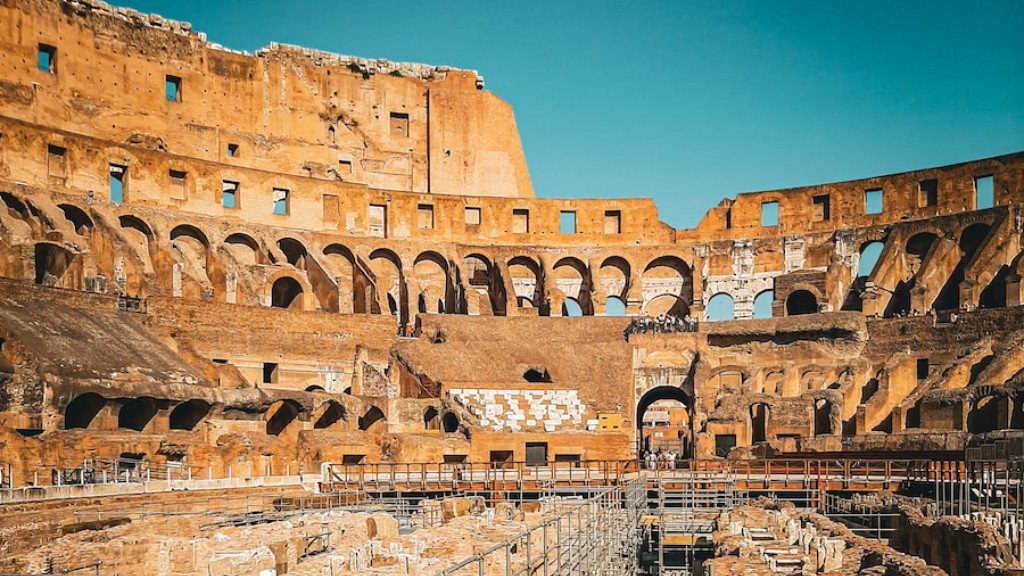

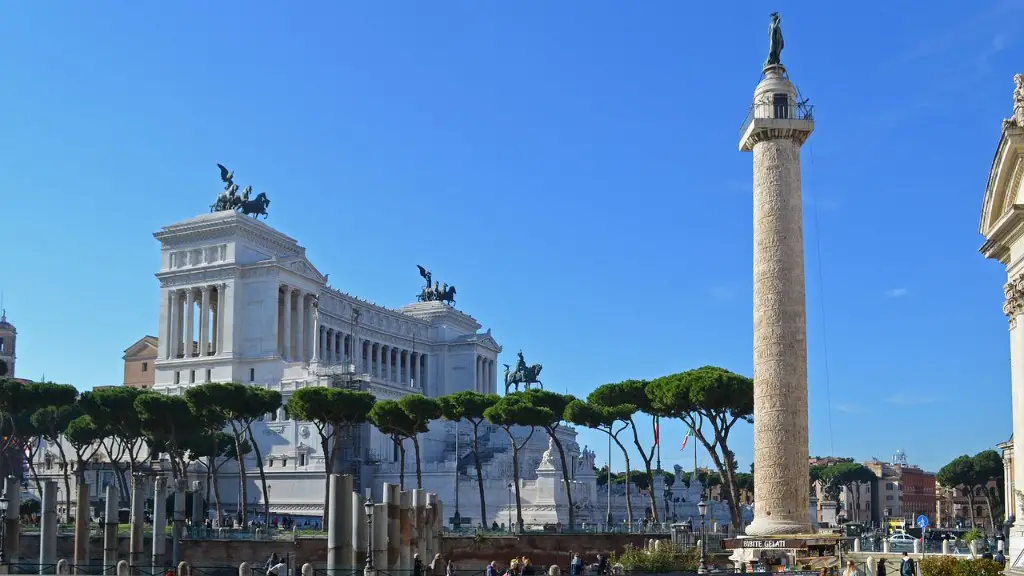
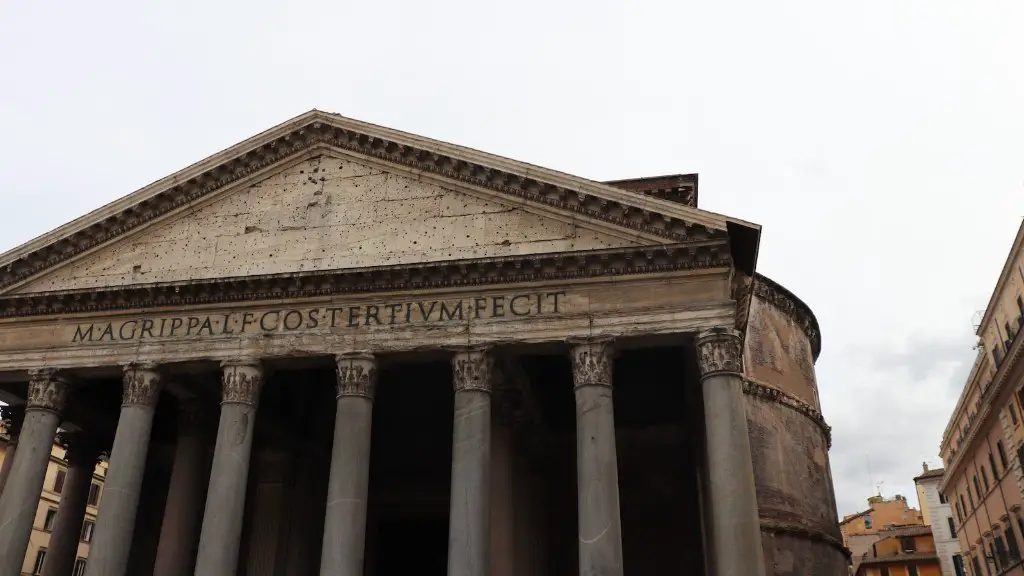
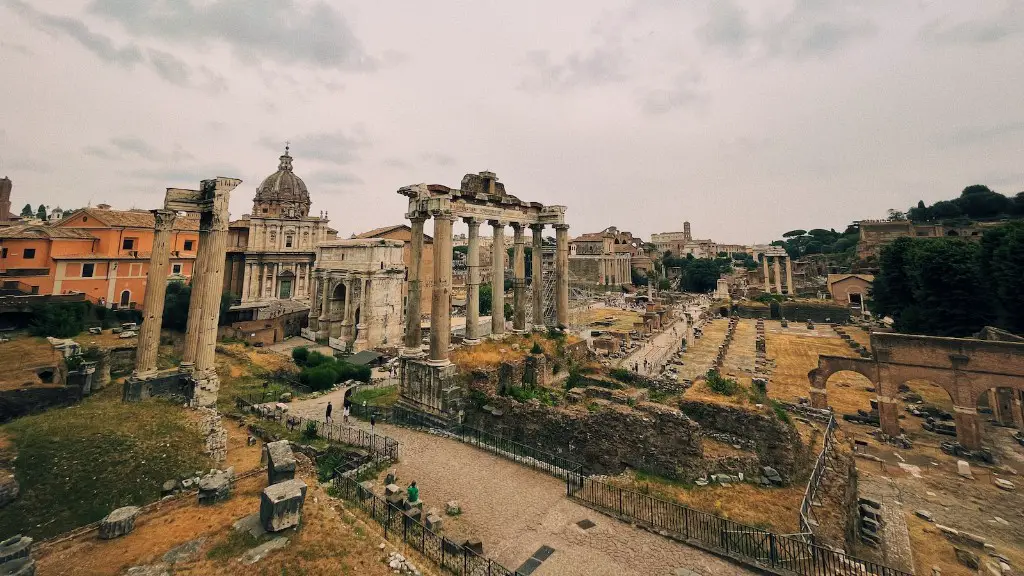
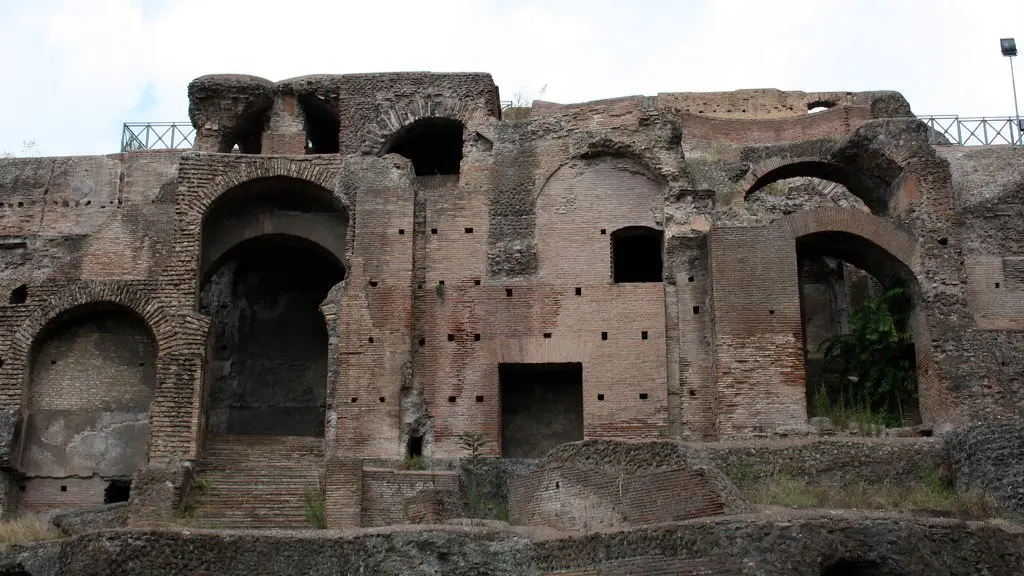
1 thought on “Who Were The Vandals In Ancient Rome”